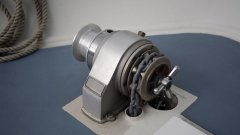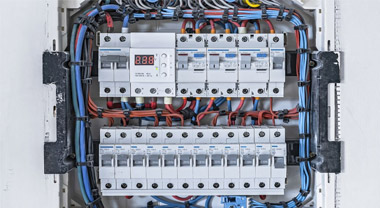How to Check if a Circuit Breaker is Bad?
In this article, we will discuss the common signs of a bad circuit breaker, how to test it, and what to do if it needs replacement. Follow this comprehensive guide to ensure the safety and proper functioning of your electrical system.
Table of Contents
- 1. Signs of a Bad Circuit Breaker
- 2. Tools You'll Need
- 3. Testing a Circuit Breaker
- 4. Replacing a Bad Circuit Breaker
- 5. Preventing Circuit Breaker Problems
- 6. Summary
1. Signs of a Bad Circuit Breaker
A faulty circuit breaker can pose a safety risk and lead to electrical issues. Here are some common signs of a bad circuit breaker:
- Repeatedly tripping
- Burning smell or visible damage
- Inability to reset
- Appliances or electronics malfunctioning
2. Tools You'll Need
Before testing a circuit breaker, gather the following tools:
- Insulated gloves
- Flashlight
- Screwdriver
- Multimeter
3. Testing a Circuit Breaker
Once you've collected the necessary tools, follow these steps to test your circuit breaker:
3.1 Visual Inspection
Begin with a visual inspection of the circuit breaker panel:
- Turn off the main breaker and put on insulated gloves.
- Use a flashlight to inspect for signs of damage, such as burnt or corroded components.
3.2 Resetting the Circuit Breaker
If there's no visible damage, try resetting the circuit breaker:
- Switch the suspect breaker to the OFF position, then back to the ON position.
- If the breaker trips again immediately or shortly after, it may be faulty.
3.3 Using a Multimeter
To confirm your suspicions, use a multimeter to test the circuit breaker:
- Set the multimeter to the AC voltage setting.
- With the circuit breaker in the ON position, touch the black probe to the grounded metal box or neutral bar and the red probe to the screw terminal on the circuit breaker.
- If the multimeter reads the same voltage as the circuit breaker's rating, the breaker is functioning properly. If not, it may be faulty.
4. Replacing a Bad Circuit Breaker
If your tests indicate a bad circuit breaker, follow these steps to replace it:
- Turn off the main breaker and put on insulated gloves.
- Remove the cover from the breaker panel.
- Loosen the terminal screw and disconnect the wire from the faulty breaker.
- Remove the faulty breaker by gently prying it out of the panel.
- Install the new breaker by snapping it into place, connecting the wire, and tightening the terminal screw.
- Replace the panel cover and switch the main breaker back ON.
If you're uncomfortable with this process, call a licensed electrician to replace the circuit breaker for you.
5. Preventing Circuit Breaker Problems
Regular maintenance and safety measures can help prevent circuit breaker issues:
- Inspect your breaker panel regularly for signs of wear or damage.
- Don't overload circuits by plugging in too many devices.
- Ensure proper grounding and bonding in your electrical system.
- Keep the breaker panel clean and free of dust and debris.
- Consider having a licensed electrician perform a comprehensive inspection periodically.
6. Summary
Knowing how to check if a circuit breaker is bad can help you identify and address electrical issues before they become major problems. Keep an eye out for the signs of a bad circuit breaker, test it using a multimeter if needed, and replace it if necessary. Regular maintenance and following safety precautions will minimize the risk of circuit breaker problems and help ensure a safe and functional electrical system.




